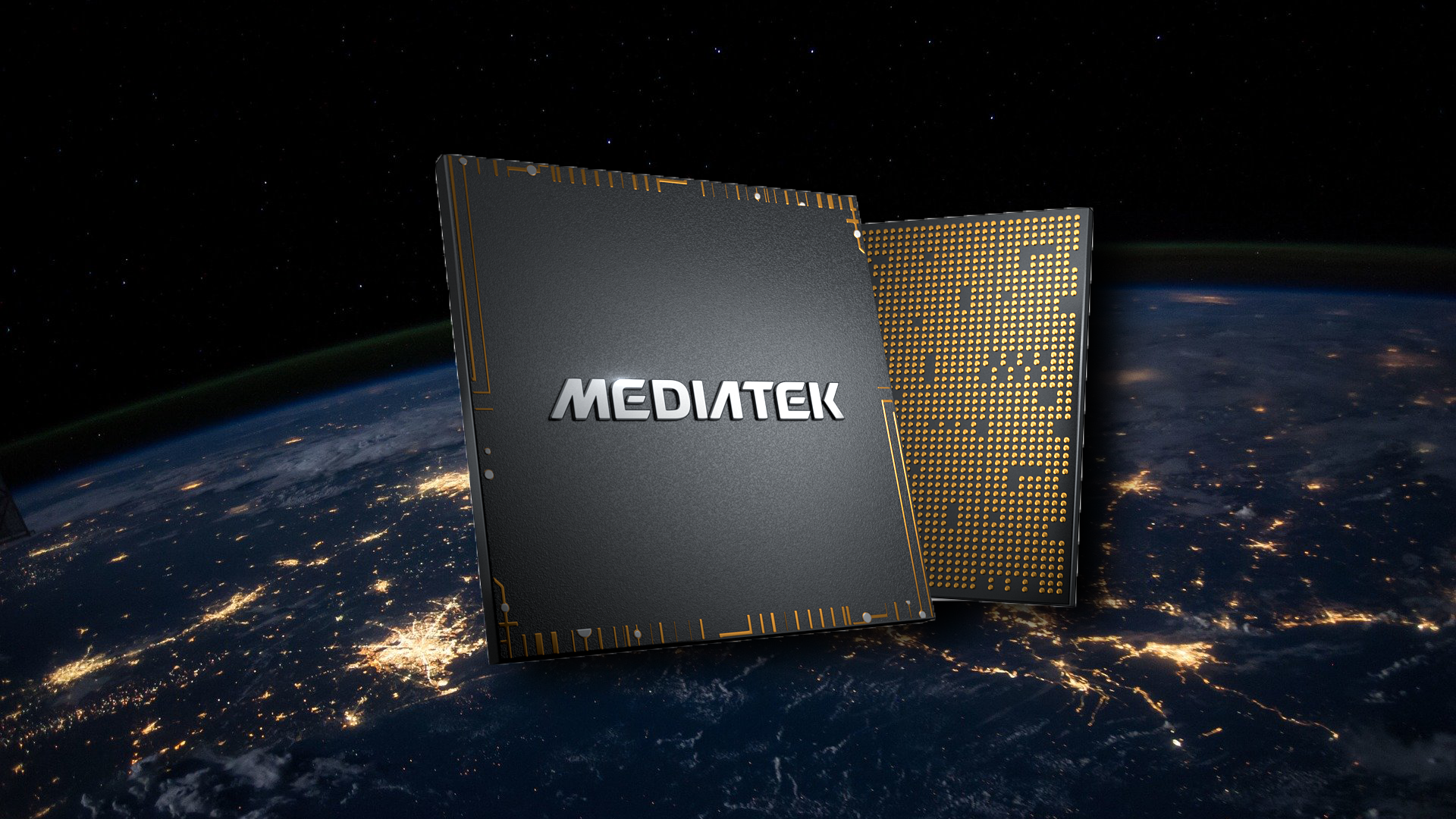MediaTek and Inmarsat deliver world’s first 5G NB-IoT test via GEO satellite
MediaTek’s satellite-enabled narrowband IoT chipset has been tested at Fucino Space Center in Italy, using Inmarsat’s ’Alphasat’ geostationary orbit satellite.

It’s predicted that industrial IoT use cases will overtake the likes of wearables, home security, and digital home products, by 2025. And MediaTek is at the forefront of this technology, having successfully completed the world’s first field-trial that transfers 5G narrowband-IoT (NB-IoT) data through an Inmarsat Alphasat L-band satellite, which is currently in in GEO (geostationary) orbit, 35,000 kilometers above the equator.
(In 2019, OQ Technology used GomSpace’s two GOM-X4 cubesats in low Earth orbit to test NB-IoT, but this is the first trial using satellites in GEO orbit.)
The new 5G satellite NB-IoT technology established a bi-directional link from MediaTek’s satellite-enabled standard NB-IoT device, to a commercial GEO satellite, in the first example of how geostationary satellites will enable global 5G NB-IoT coverage.
And according to MediaTek, the successful test builds the foundation for “hybrid satellite and cellular networks to enable new ubiquitous 5G IoT services at a global scale”.
"MediaTek’s collaboration with Inmarsat will accelerate industry efforts to converge cellular and satellite networks in the 5G era."
Dr. Ho-Chi Hwang, MediaTek.
“MediaTek’s collaboration with Inmarsat will accelerate industry efforts to converge cellular and satellite networks in the 5G era,” said Dr. Ho-Chi Hwang, MediaTek general manager of communication system design. “MediaTek is a leading connectivity provider and contributor to 3GPP standards, and our ongoing work with Inmarsat GEO satellites will help drive 5G innovation across verticals like IoT.”
Important milestone
The two companies ran the test with a base station located at the Fucino Space Center in Italy, and developed by Taiwan’s Institute for Information Industry. The test device was built with MediaTek’s satellite-enabled NB-IoT chipset, and the prototype system successfully established a communication channel and data transfer with the GEO satellite ‘Alphasat’.
This is an important milestone, because the two networking technologies that will power the industrial Internet of Things over the next five years are narrowband IoT (NB-IoT) and Cat-M (officially known as LTE Cat-M1).
SIGN UP FOR E-MAIL NEWSLETTERS
Get up to speed with 5G, and discover the latest deals, news, and insight!
NB-IoT supports low complexity devices, such as sensors, with a very narrow bandwidth of 200 kHz, which limits data transfer to around 250kbs per second; whereas Cat-M1 can achieve speeds of up 1Mbps. And whilst NB-IoT is widely known as a 4G technology, it will also play a vital role in a 5G system to support 5G LPWA (Low-power, wide-area wireless technology) use cases.
“Testing MediaTek’s standard NB-IoT chip over Inmarsat’s established GEO satellite network has proven technology from mobile networks works effectively over GEO satellites."
Jonathan Beavon, Inmarsat.
“Testing MediaTek’s standard NB-IoT chip over Inmarsat’s established GEO satellite network has proven technology from mobile networks works effectively over GEO satellites with little modification and will provide a very cost effective path to ubiquitous and hybrid global IoT coverage,” said Jonathan Beavon, senior director at Inmarsat Product Group.
The results of MediaTek and Inmarsat’s IoT field test will now be contributed to 3GPP’s Rel-17 standardization work on Non-Terrestrial Network (NTN), which is part of its overarching initiative to establish 5G standards toward new 5G use cases and services.
- Discover the best 5G networks in the UK and US
- Get your hands on the hottest 5G phones
- Millimeter wave: the secret sauce behind 5G
- The complete guide to 5G security
- We reveal the latest 5G use cases
- Discover the truth behind 5G dangers
- 5G towers: everything you need to know
Dan is a British journalist with 20 years of experience in the design and tech sectors, producing content for the likes of Microsoft, Adobe, Dell and The Sunday Times. In 2012 he helped launch the world's number one design blog, Creative Bloq. Dan is now editor-in-chief at 5Gradar, where he oversees news, insight and reviews, providing an invaluable resource for anyone looking to stay up-to-date with the key issues facing 5G.

